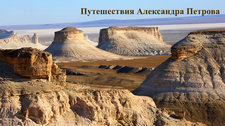You are here
Flora of Karkaraly park.
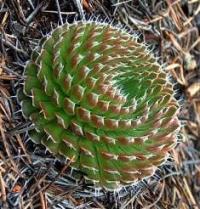
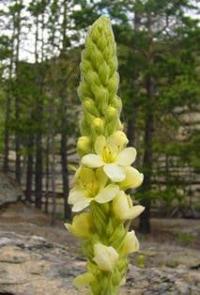
Botanical excursions in Karkaraly park.
"It's not nature that needs our protection, but we who need its protection: clean air to breathe, crystal water to drink, all of nature to live".
N.F. Reimers.
Photos of Karkaraly park.
The flora of the Karkaraly National Nature Park includes 198 species of angiosperms, 3 species of gymnosperms, 2 species of ferns, 27 species of mosses, and 14 species of lichens currently registered, although literary sources suggest their number may reach approximately 800 species.
This is three times more than in the adjacent steppe zone. Of these 244 species, 5 are listed in the Red Data Book of the Republic of Kazakhstan: Karkaraly barberry, smooth sphagnum, Kyrgyz birch, slender poppy, and spring adonis. The park's flora includes a significant proportion of relict forest species: pine, aspen, bird cherry, raspberry, stone bramble, black currant, horsetail, wintergreen, bluegrass, and others.
Their presence testifies to the former connection of the Karkaralinsky, Kentsky, and other forested areas with the more northern forests of the Urals and Western Siberia. Endemic plant species include Berberis karkaralinsis, Silene karkaralinsis, Toadflax, Wheatgrass karkaralinsis, Milkweed, and Regneria karkaralinsis.
About 10% of the species are listed in the Red Book of Kazakhstan: sticky alder (black), karkaralinsky barberry, aphyllous epipodil, drooping tulip, umbrella wintergreen, dactylorhizome fuchsiana, steppe peony, thin poppy and one of the moss species - smooth sphagnum. Rare plants for the region are also angustifolia (burning bush), ferns - common bracken and hairy scaly-leaved bone.
Many plants are used in the national economy and in everyday life as medicinal (ephedra, juniper, hawthorn, horsetail, pasqueflower, sage, dandelion, etc.); food (strawberries, stone berries, raspberries, currants, rose hips, bird cherry, onions, mushrooms - butter mushrooms, milk mushrooms, saffron milk caps, russula, etc.); Ornamental plants (tulips, peony, goldenrod, rose hips, etc.) include birch, pine, and aspen, which are used for construction and fuel. Many plants provide food for domestic and wild animals.
A relict sphagnum bog has been preserved in the Karkaraly Mountains – isolated and the southernmost in Kazakhstan. A list of endemic, rare, and endangered plants in the region includes: marshmallow, Karkaraly barberry, Pallas's honeysuckle, St. John's wort, feather grass, papaver slender, red fescue, large-flowered one-flower, smooth wormwood, Karkaraly couch grass, drooping tulip, male rose, and orchis fuchsa.
The flora of the Karkaraly and Kent mountain forests includes a large number of endemic and boreal plants. Rare and endangered plant species include: Karkaralinsky wheatgrass, Karkaralinsky barberry, thin poppy, white-whiskered aconite, umbrella wintergreen, green wintergreen, round-leaved wintergreen, common thyme, Kazakh celandine, Siberian saxifrage, spring minuaria, large-flowered one-flower, red fescue, smoky corydalis, narrow-leaved dactylus, Fuchsian orchis, maidenhair fern, blue anemone, common raven eye, Kamchatka's nest, Pallas's honeysuckle, common St. John's wort, foreign dragonhead, common viburnum, Zalessky feather grass, feather grass, yellow water lily, pure white water lily, leafless epipodil, bracken Common, smooth wormwood, naked licorice, smooth sphagnum, three-lobed meadowsweet, drooping tulip, sandy immortelle, male fern, Karkaralinskaya campion, bloody iris, needle-leaved pink, small-fruited spurge, reddish-leaved iris, open pasqueflower, blue anemone, wood anemone, alpine circe, dissected pansy, squat pea, Asiatic forget-me-not, tender poppy and some others.
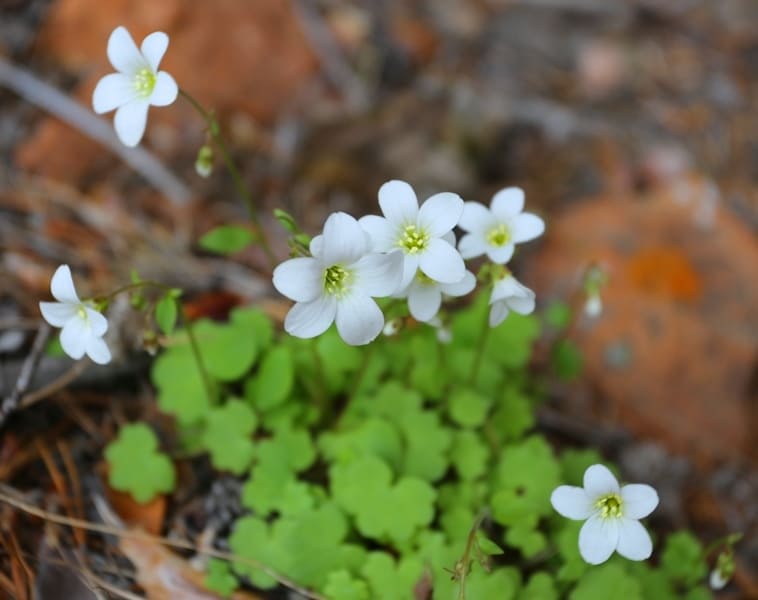

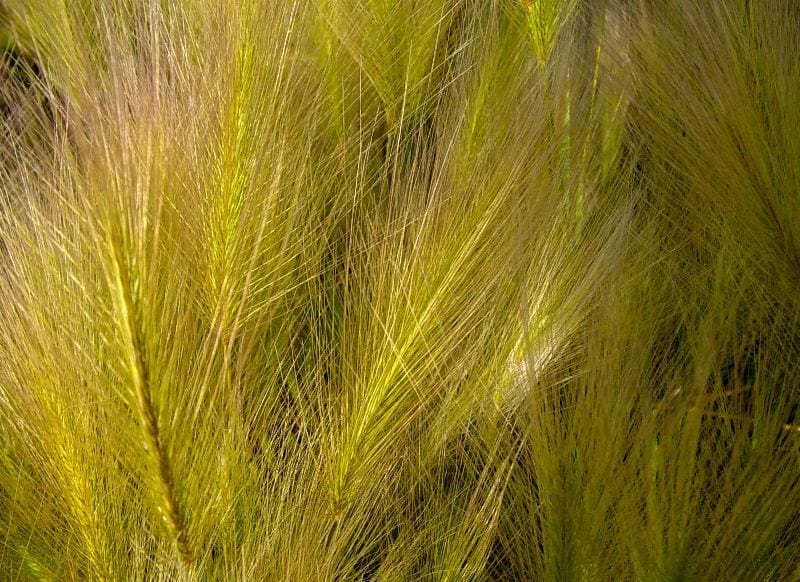
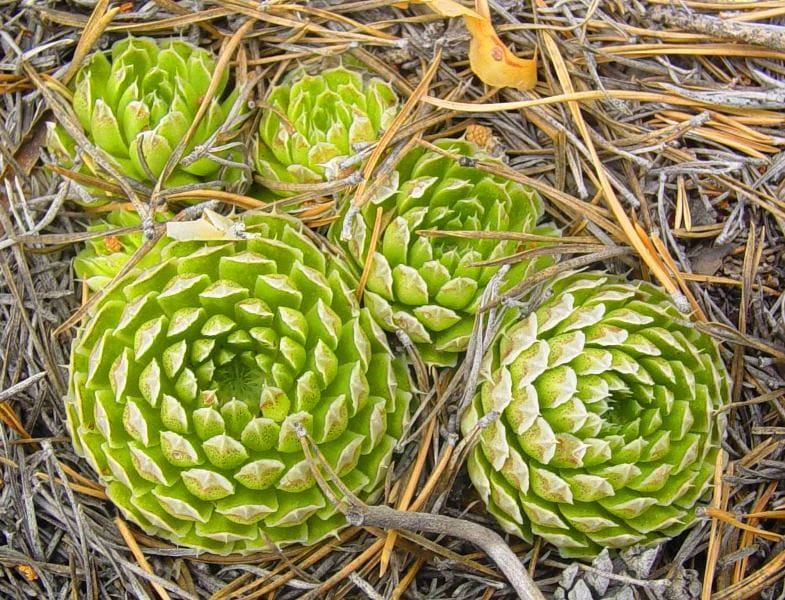

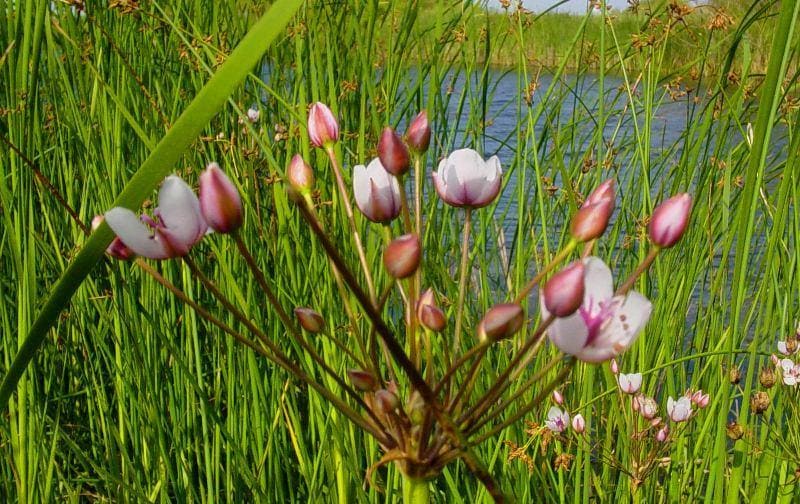
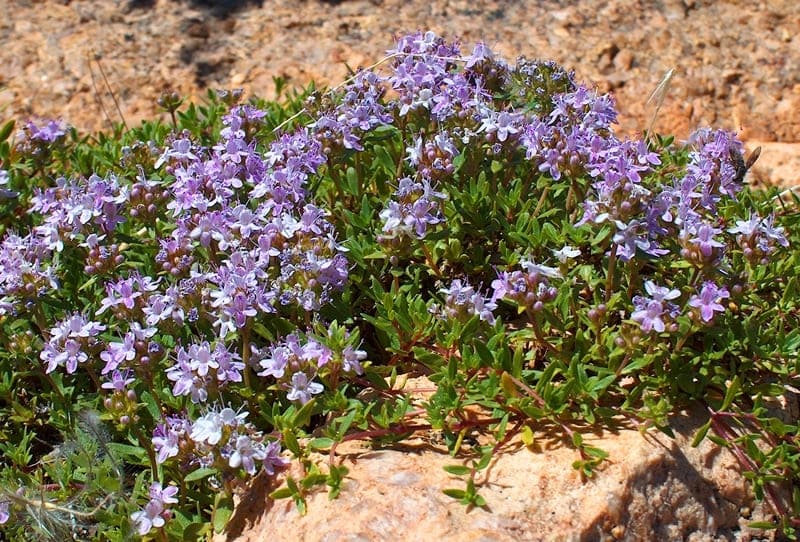
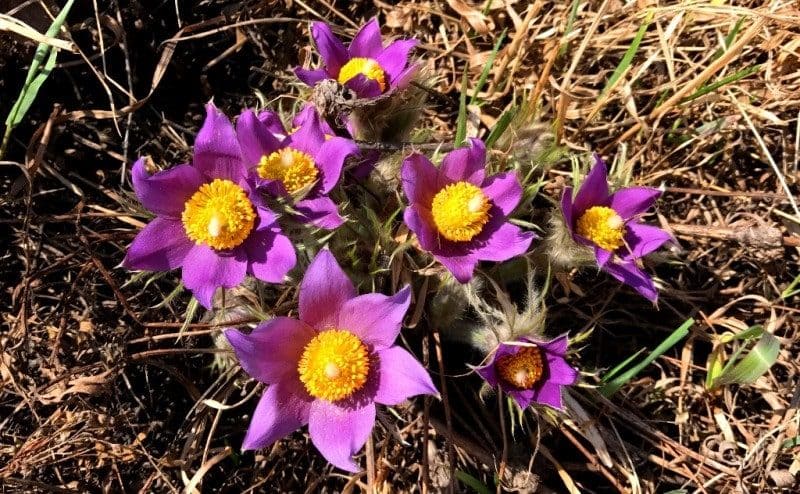

Authority:
ttp://karkaralinsk-park.ru/about_parks.php
Photos
Alexander Petrov.






